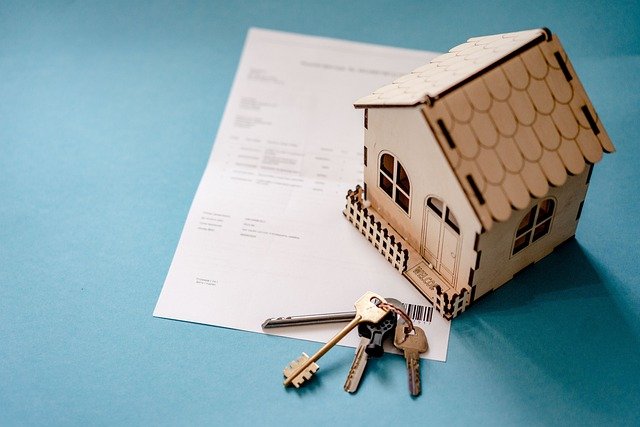Flipping the Script: A Comprehensive Look at Real Estate Flipping in Today’s Market
With the rise of home improvement shows and a renewed interest in DIY projects, real estate flipping has become a buzzword in today’s housing market. But what does it truly entail, and how has it evolved in the modern landscape? Let’s dive into the fascinating world of real estate flipping, from its historical roots to its current trends, while considering its potential advantages, challenges, and impacts on the market.
The Genesis of Flipping
Real estate flipping, or the act of buying properties with the purpose of selling them for a profit, has a rich history. It gained popularity in the 1980s and 1990s, as the housing market saw considerable growth and opportunities for profit. Initially, it was a strategy employed mainly by professional investors and contractors, but it has since become more mainstream, with the average homeowner now considering it as a viable investment strategy.
The Current State of Flipping
Today, real estate flipping is experiencing a renaissance, fueled by low mortgage rates and a booming housing market. According to ATTOM Data Solutions, flipped homes accounted for 5.9% of all home sales in 2020, an increase from 5.7% the previous year. While it can be a profitable venture, it’s important to remember that flipping is not a guaranteed money-maker. It requires significant research, financial investment, and an understanding of the market.
The Art and Science of Flipping
Flipping a house is not as simple as buying low and selling high. It involves careful evaluation of a property’s potential, budgeting for renovations, and timing the sale correctly. Understanding local real estate market conditions, such as the average time on market and the popularity of specific home features, is crucial. Additionally, the ability to carry out or supervise renovations efficiently can significantly impact the profit margin.
Pros, Cons, and Market Impact
Real estate flipping can bring substantial profits and contribute to neighborhood revitalization. However, it also carries risks, including unexpected renovation costs and market downturns. Moreover, excessive flipping can inflate housing prices, making it harder for first-time buyers to enter the market. Therefore, while flipping can be lucrative for individual investors, its broader impact on the housing market is a complex issue warranting careful consideration.
Flipping in the Future
Looking ahead, it’s likely that real estate flipping will continue to evolve. Emerging trends such as the rise of virtual property tours and the increasing importance of energy efficiency in homes may influence flipping strategies. Regardless, the basics of sound financial analysis, diligent property selection, and skillful renovation will remain the cornerstones of successful flipping.
In conclusion, real estate flipping is a dynamic and complex aspect of the housing market. As it continues to evolve with changing market trends and consumer preferences, it will remain a strategy that requires careful research, planning, and execution. Whether you’re a seasoned investor or a novice considering your first flip, understanding the intricacies of this process can help you navigate the exciting world of flipping.






